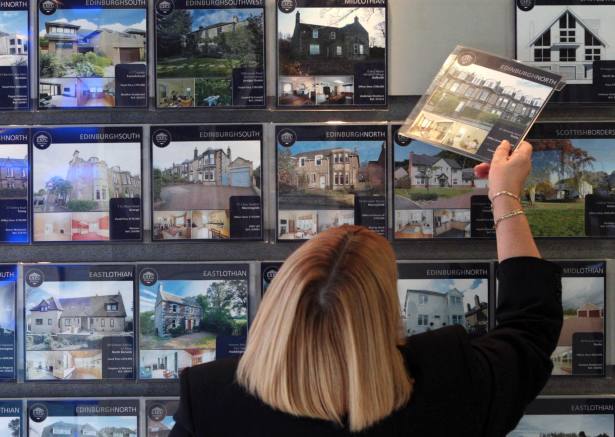
Do a quick search for buy-to-let (BTL) mortgages on Moneyfacts and it will currently find just over 2,500 products.
Compare this to the 8,300 of all residential mortgages available from UK lenders, and this number, by all accounts, seems quite healthy.
“Thanks to increased competition among lenders, the number of BTL mortgage products in the market has increased by 50 per cent in the last two years,” Greg Cunnington, director of lender relationships and new homes at Alexander Hall, says.
For what lenders would class as standard ‘vanilla’ BTL applications, Mr Cunnington notes the mortgage rates are at record low levels, with a BTL two-year fixed rate available at 1.35 per cent, for example, at the back end of last year.
“These are close to residential rates, and the lowest I have seen in over 10 years in the industry.
"There has also been some good innovation on products, such as some competitive fixed rates with no early repayment penalties from Godiva Building Society.
"On the professional BTL side, rates have also come down in the last 12 months, particularly as some larger lenders have entered this space,” Mr Cunnington says.
Industry invention
Nevertheless, tougher tax and regulatory rules imposed on the BTL market in recent years – including higher stamp duty charges and phasing out of mortgage interest tax relief – means landlords are looking for more inventive mortgages that meet their changing needs, particularly in the BTL Homes of Multiple Occupation (HMO) and BTL for limited companies arenas.
Research from Foundation Home Loans in November revealed almost two-thirds (62 per cent) of landlords polled said they were planning to buy using a limited company – a significant increase from 55 per cent in quarter two – to help offset changes in tax.
By April 2020, landlords’ tax relief for finance costs will be restricted to the basic rate of income tax, currently 20 per cent.
However, as mortgage interest payments are considered business expenses under limited company set-ups, landlords can subtract 100 per cent of these expenses from the income.
In addition, the extra 3 per cent stamp duty slapped on BTL properties in 2016 has pushed landlords to seek higher income returns elsewhere – with an increasing number turning to the HMO space.
Figures from the National Landlords Association revealed HMO average yields stood at 6.5 per cent between July and September 2019 compared to the average BTL yield of around 5.5 per cent.
According to Nicholas Morrey, product technical manager at John Charcol, the number of limited company BTL deals currently available stands at around 1,064 – a big leap on a couple of years ago. The figure for BTL







